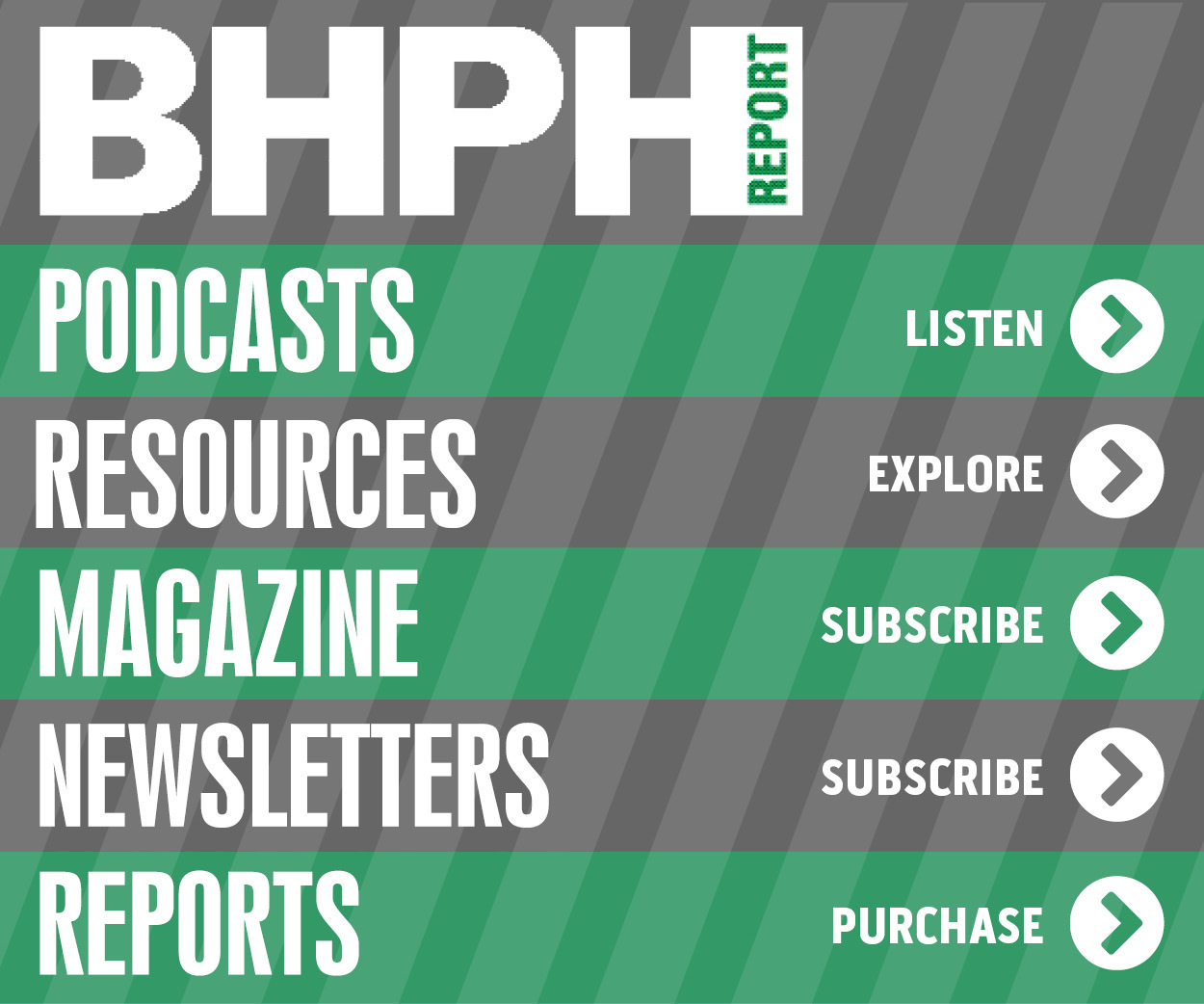COMMENTARY: Recession-proofing your dealership by focusing on customers, not fear

By subscribing, you agree to receive communications from Auto Remarketing and our partners in accordance with our Privacy Policy. We may share your information with select partners and sponsors who may contact you about their products and services. You may unsubscribe at any time.
If you follow the news, you’ve probably heard a lot of negative talk lately about the health of the American economy. Tariff threats, trade wars, cuts in government spending, layoffs in both public and private sectors and investment market turmoil have many experts wondering if we’re headed for a recession — or something worse.
This flood of bad economic news seems to be impacting market behavior. In the first quarter of 2025, the country’s gross domestic product declined by .3% after growing by 2.4% in the last quarter of 2024. Measures of consumer confidence have also steadily declined, reaching a 13-year low in April.
Automobile sales are particularly vulnerable during times of economic anxiety as many consumers put off large purchases. For example, new-vehicle sales fell by almost 40% during the last major recession. It’s unclear whether we’re headed for another significant economic slowdown. However, the auto industry needs to prepare for whatever conditions might arise.
That’s why the owners and operators of auto dealerships must maintain a clear-eyed view of current market conditions so they can motivate their staff to succeed while providing excellent customer service.
Understanding today’s auto market: Reality versus headlines
The first step in recession-proofing is recognizing that the news industry has an economy of its own, where clicks and views lead directly to revenue. The adage “if it bleeds, it leads” is just as true today as it was when newspapers ruled. News organizations know that negative stories generate more clicks, and social media platforms amplify that trend through their algorithms, often skewing perception.
In reality, the word “economy” represents a vast, complex system that impacts people differently. Some will struggle under the best financial conditions, while others thrive during the worst. In many ways, a recession prediction is like a hurricane forecast. The news of the advancing storm is real and scary. However, not everyone will be affected at the same level. People at the storm’s leading edge will have it worse than those living on the other side of the country.
Subscribe to Auto Remarketing to stay informed and stay ahead.
By subscribing, you agree to receive communications from Auto Remarketing and our partners in accordance with our Privacy Policy. We may share your information with select partners and sponsors who may contact you about their products and services. You may unsubscribe at any time.
So, as auto dealers consume the news, it’s critical not to become overwhelmed by doom and gloom predictions and worst-case scenarios. Instead, they should assess how current conditions affect their target customers and the car-buying public at large.
The current market landscape: What it means for dealers
Recent changes in tariff policy have the potential to impact the average consumer heavily. While the federal government recently softened import fees for many automobile and parts manufacturers, it’s still unclear how those additional costs will contribute to price increases. Even if new car prices rise, the used vehicle market is likely to be less affected.
However, tariffs and recessionary conditions can impact consumers in other ways. For instance, Walmart recently announced it would raise prices on some items due to rising tariff costs. If other retailers follow suit, increases in the cost of essentials like groceries and fuel could reduce consumers’ disposable income.
A person with a high-paying job and plenty of savings can weather these changes much easier than someone living paycheck to paycheck. These dynamics also play heavily into major purchase decisions, particularly car buying.
Higher-income individuals are more likely to drive newer vehicles and can afford to wait for more favorable prices. They also typically have better credit and can negotiate more favorable loan terms. People with challenged credit or low incomes don’t enjoy the same flexibility. When they face transportation challenges, they’re at the mercy of the market.
How can auto dealers respond to the current economic situation to best meet their customers’ needs? It begins by understanding who their customers are.
The need-based approach to vehicle purchasing
As the owner of a buy-here, pay-here dealership, my typical customer faces different challenges than the average auto buyer. Many of them have limited incomes or damaged credit histories, often due to bankruptcies or past financial hardships.
Over the years, I’ve started classifying the world of potential buyers into three broad categories. Either they: “want to buy,” “need to buy” or “have to buy.” Each group has different motivations and needs. If we understand who our customers are and where they fall in the framework, we can close more deals and create more satisfied customers. Here’s how the classifications break out:
The “want to buy” customer profile has a vehicle that runs well and allows them to get where they need to go without any headaches. But this vehicle isn’t exactly what they want. If they visit a dealer, they’re considering upgrading to something a little fancier or a little larger. Or, they’re thinking about finally purchasing their dream car.
The “need to buy” customer is in a different position. Their transportation is on its last legs. And while it’s still getting them from point A to point B, they’re living with significant problems — like no air conditioning or heat — because the repairs will likely cost more than the car is worth.
The “have to buy,” customer is usually facing an emergency. Their car has died, and they won’t be able to make it to their job or pick up their kids from school until they find a new vehicle.
Most of my dealership’s potential customers fall into the “need to buy” or “have to buy” category. Our mission is to meet their urgent needs while recognizing their limited financial resources.
Inventory management: Balancing cost and reliability
When considering a new vehicle purchase, buyers in the “need to buy” and “have to buy” categories typically prioritize cost and reliability over everything else. While not all customers will look the same compared to a BHPH dealership, dealers can use smart inventory strategies to ensure they can deliver the vehicles their customers actually want. Here are a few examples:
—Stock high demand, quick-turn models
BHPH customers primarily need reliable transportation with a monthly payment they can afford. Later-model but higher-milage vehicles in popular body styles, like compact SUVs and mid-size sedans, sell faster and carry lower wholesale prices than low-mileage alternatives. Stocking these vehicles reduces overhead, enabling dealers to mark them at friendlier prices.
—Diversify by price, not just make and model
BHPH dealers can deliberately stock a mix of vehicles in tiered price bands so they always have something that matches the budget of credit-challenged buyers. A diversified inventory also shields dealers from broad impacts if wholesale prices spike in a single segment.
—Adopt a safety-first reconditioning policy
For credit-challenged buyers, reliability is more important than cosmetics. During times of economic uncertainty, BHPH dealers can help keep costs down by focusing on mechanical and safety repairs over cosmetic fixes. This strategy can help lower the cost of individual vehicles without affecting the overall value of the purchase.
Finding opportunities in a challenging market
While preparing for a potential recession is a smart move for most auto dealers, downturns can also reveal opportunities, especially for those willing to rethink who they’re serving and how.
Rather than focusing on broad market trends or waiting to see what manufacturers will do, this is a good time to dig into your own customer base. Not just who they are, like age or income level, but why they’re buying. What motivates them? Is it necessity, convenience, rebuilding credit, or needing a reliable second car for a growing family?
Once you understand the why, you can build out a few simple customer profiles and use those as a guide when making inventory decisions. You don’t have to know every detail about inventory strategy, but you do know your customers. Use that insight to think about how to meet each group’s needs in a way that makes sense for your dealership.
Focus on serving your customers
During trying economic times, fearful voices will often be the loudest. However, as business owners and operators, we cannot capitulate to fear. Instead, we must recognize market conditions for what they are, understand how they impact our customers and then do our absolute best to meet their needs.
Whether you’re serving customers who “want to buy,” “need to buy” or “have to buy,” successful dealers won’t be the ones who panic at every headline. Instead, they’ll stay focused on serving their customers’ real transportation needs. By doing so, you’ll be helping them meet their needs today and building a foundation for customer relationships that will last no matter what economic conditions lie ahead.
Tiger Okeley is the executive board member of Oak Motors, a buy-here, pay-here dealership celebrating 40 years of empowering people in central Indiana.


